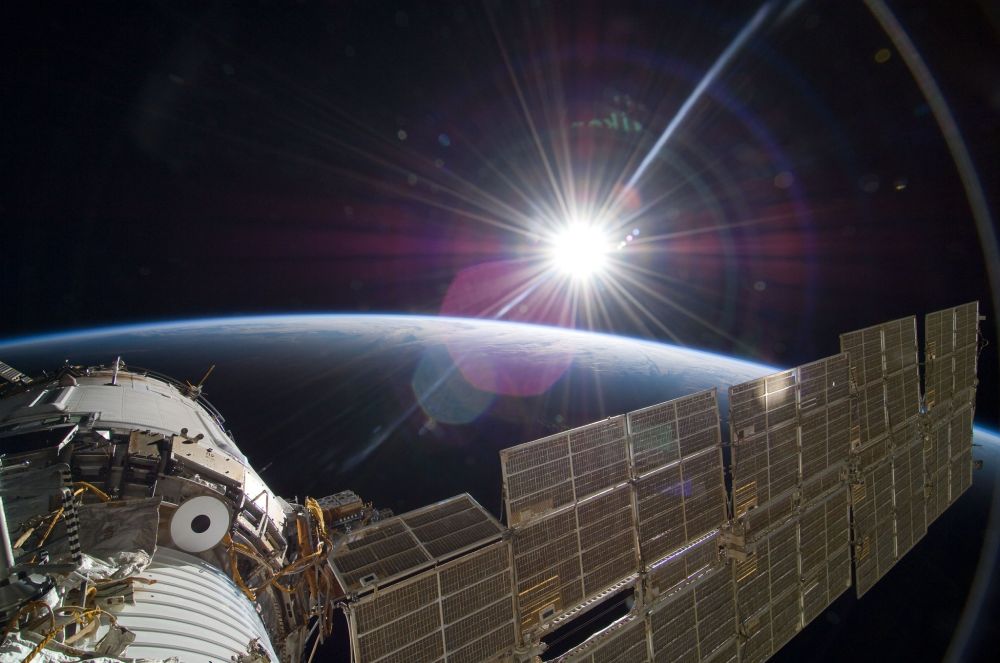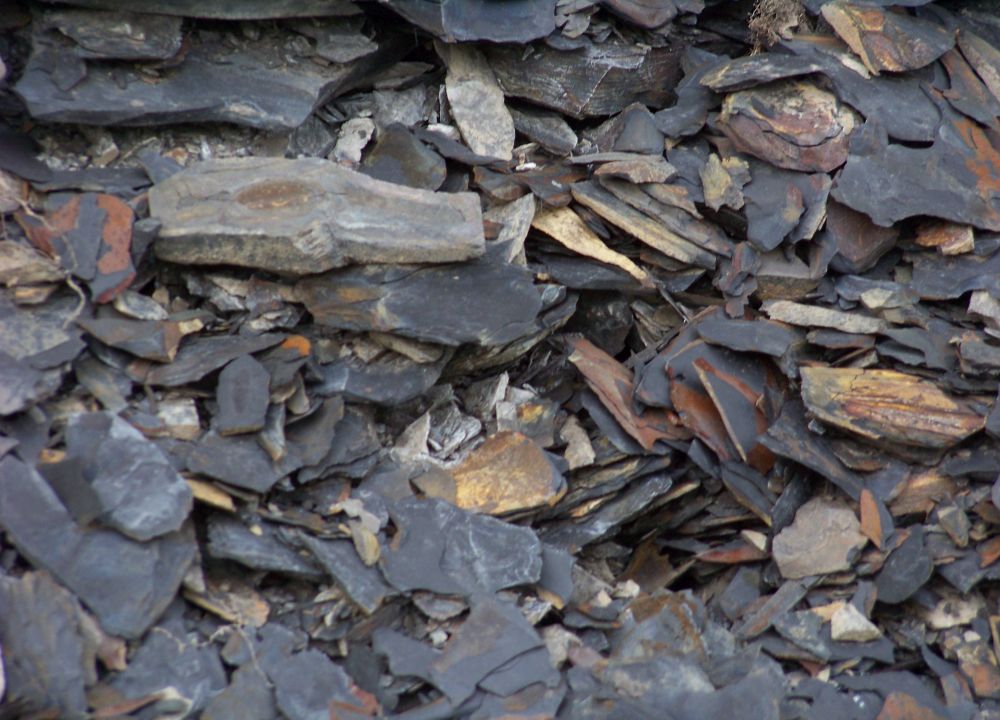
[Image above] University of Saskatchewan chemistry professor Lee Wilson, left, and Ph.D. candidate Bernd Steiger, right, hold bioplastic pellets designed to adsorb contaminants in water. Credit: Kristen McEwen, University of Saskatchewan
When agriculture emerged as part of human civilization roughly 12,000 years ago, it fundamentally changed human lifestyle and social customs. The reliable and stationary food supply allowed permanent settlements to be established, leading to sprawling cities and a massively expanded population.
As more people came to rely on the products of agriculture, farmers began implementing new practices to boost the yield of their fields. Unfortunately, many of these practices are now having detrimental effects on the environment due to overuse.
For example, while the use of natural or artificial substances to improve the growth and productivity of plants is long-standing practice, modern fertilizers are often coated with microplastics to make the nutrients release more slowly. After the fertilizer is released, these microplastics do not break down, contributing to the global plastic pollution problem.
In addition, distributing too much fertilizer or excessive irrigation can result in fertilizer runoff, in which the dissolved nutrients leave the agricultural field and enter local waterways. This runoff can lead to nutrient pollution, which results in excessive growth of algae and oxygen depletion in the water and causes the death of fish, crabs, oysters, and other aquatic animals.
Finally, phosphate, one of the nutrients commonly used in fertilizers, is mainly obtained through the environmentally destructive process of strip mining. Without a way to reuse phosphate after it is lost in fertilizer runoff, phosphate demand can only be met through sourcing the raw materials.
In a recent open-access study, researchers at the University of Saskatchewan in Canada proposed a novel system that can address all three of these agricultural issues in an environmentally friendly manner.
The researchers are led by chemistry professor Lee Wilson, a member of the Global Institute for Water Security. Their new system is based on “bioplastic” pellets consisting of chitosan, eggshells, and wheat straw. The pellets can adsorb phosphate from water and then be distributed over agricultural land as a fertilizer source.
This bioplastic pellet thus serves as a closed-loop system that
- Avoids the use of microplastics to distribute fertilizers,
- Mitigates fertilizer runoff from building up in local waterways, and
- Reduces the need to mine raw phosphate rocks to meet demand.
This first study on the bioplastic pellets tested their adsorption capabilities in a controlled laboratory environment. The researchers now plan to study the pellets’ capabilities in real water samples with more complex matrices that contain competitive ions.
The open-access paper, published in RSC Sustainability, is “Eggshell incorporated agro-waste adsorbent pellets for sustainable orthophosphate capture from aqueous media” (DOI: 10.1039/D3SU00415E).
Author
Lisa McDonald
CTT Categories
- Environment


